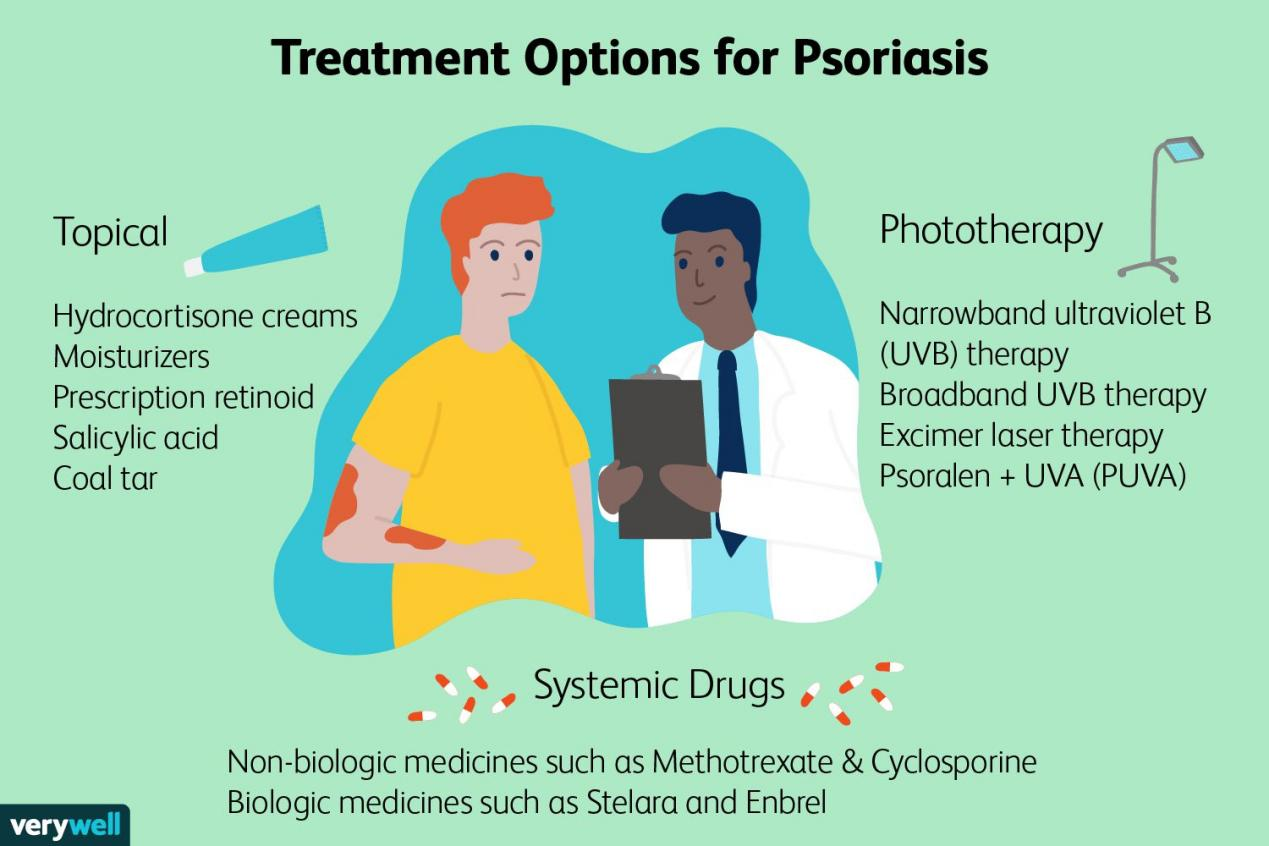
Psoriasis, commonly known as "cowhide itch," is a chronic inflammatory skin disease characterized by red papules or plaques covered with multiple layers of silvery white scales. It is highly recurrent and affects a significant portion of the population, particularly young adults, with a higher incidence among males than females and more prevalent in the northern regions during winter and spring. Although the exact cause and pathogenesis remain unclear, psoriasis poses a significant impact on patients' quality of life.
Traditional treatments for psoriasis include topical medications, systemic medications, and phototherapy. Among these, ultraviolet (UV) phototherapy has proven to be an effective and widely accepted method, especially for patients with extensive or resistant lesions. UV phototherapy devices, specifically designed for this purpose, utilize UV radiation to alleviate psoriasis symptoms by targeting the affected skin areas.
Mechanism of Action
UV phototherapy devices primarily emit narrow-band UVB (NB-UVB) light with a wavelength of 311nm. This specific wavelength is highly absorbed by the epidermal tissue, exerting significant biological effects on the skin. UV light possesses excellent drying, bactericidal, and anti-inflammatory properties. It directly kills bacteria or viruses within superficial tissues, accelerates blood circulation, relieves pain, promotes epithelial regeneration, and enhances wound healing. Furthermore, UV phototherapy has been found to inhibit the activity of antigen-presenting cells such as Langerhans cells in the epidermis, reducing inflammation, improving local blood circulation, and facilitating lesion healing and pain relief.
Types of UV Phototherapy Devices
There are several types of UV phototherapy devices available, including home-use and medical-grade devices. These devices may vary in terms of light source (e.g., NB-UVB, PUVA), treatment area (e.g., handheld, full-body), and operational complexity. For psoriasis treatment, NB-UVB devices are most commonly used due to their efficacy and safety.
Treatment Protocol
Types of UV Phototherapy Devices
Before initiating UV phototherapy, patients are advised to bathe for 15 to 20 minutes to remove scales from the lesion surface. During treatment, protective measures such as wearing UV-blocking glasses and applying sunscreen to surrounding areas are essential to prevent unnecessary exposure. The treatment frequency typically ranges from 3 to 5 times a week, with the duration of each session determined by the patient's response and the prescribed dose.
The dose increment should be based on the patient's treatment response. If mild erythema appears after the previous treatment but resolves before the next, the dose or exposure time can be increased by 10%. If erythema persists or worsens, the dose should remain unchanged or be reduced. If severe erythema, pain, or blistering occurs, treatment should be suspended until the skin recovers.
Suitability and Precautions
UV phototherapy devices are suitable for a wide range of patients, including those with busy schedules, mobility issues, or limited access to medical facilities. However, certain precautions must be taken to ensure safe and effective treatment. These include avoiding excessive sun exposure, protecting the eyes and unaffected skin, and regularly monitoring the skin for adverse reactions.
Conclusion
UV phototherapy devices represent a valuable addition to the therapeutic arsenal for psoriasis. By delivering targeted UV radiation to affected skin areas, these devices effectively alleviate symptoms, improve quality of life, and reduce the need for systemic medications. With proper guidance and monitoring, UV phototherapy can be a safe and effective treatment option for patients with psoriasis.